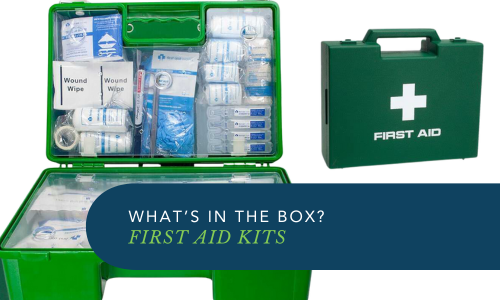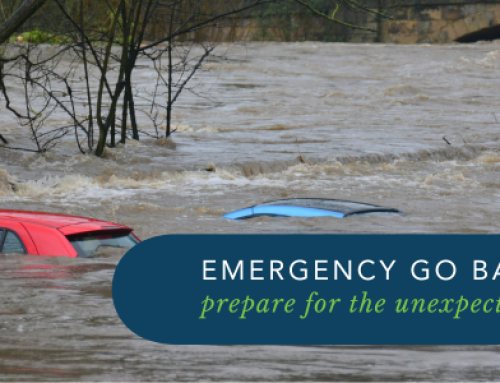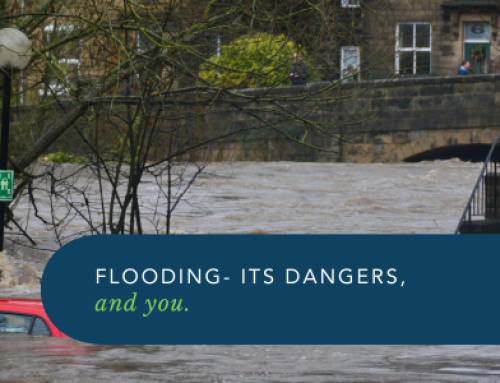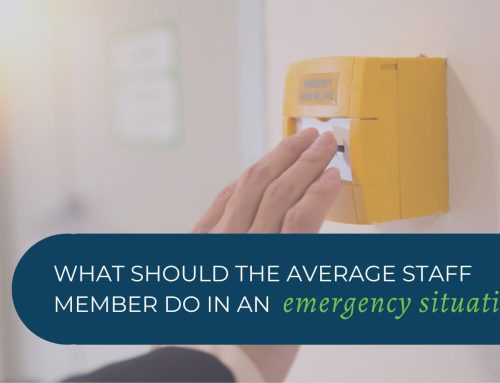What’s in the box? First Aid Kits
When we think about emergencies in the workplace, our mind sees lights & sirens.
A medical emergency is the type of emergency scenario that is most likely to happen in any workplace & doesn’t always mean we need emergency services. It does mean that we need to be prepared: where is the first aid kit, what is in the kit, how do I use the kit?
Each workplace will vary from the next, even if it is the same organisation.
When developing your policy & procedure for your emergency management, many things about your workplace will need to be considered:
- the nature of the work,
- the types of hazards,
- the workplace size and location, as well as
- the number of people at the workplace
Your risk assessment will:
- identify hazards that could result in injury or illness
- how likely those hazards/scenarios are to occur
- assessing what the worst case scenario would be should they occur
Then, together with your workers or WHS representative, you will be able to provide the appropriate first aid equipment, facilities and training, along with monitoring your first aid requirements on a regular basis or as circumstances change.
Records of injuries, illnesses, ‘near miss’ incidents and other information will be useful when making decisions about first aid requirements. For example, workers who have a disability or a known health concern such as asthma or allergies.
If your workplace involves members of the public being on the premises, such as retail or cinemas, you could investigate whether to include an AED (Automated External Defibrillator), a Ventolin inhaler or device such as an EpiPen for anaphylaxis.
First Aid Kit LOCATION
In the event of a serious injury or illness, quick access to the First Aid kit is vital. There is little point in having a kit that is locked away. The kits should be kept in a prominent, signed, accessible location where they can be retrieved quickly.
All workers must have access to first aid equipment including security-controlled workplaces.
Where there is a higher risk of injury or illness, first aid kits should be located close to those areas. For example, a school with a science laboratory or carpentry workshop should have first aid kits located in these areas. If the workplace occupies several floors in a multistorey building, at least one kit should be located on every second floor. Emergency Evacuation Diagrams displayed in the workplace should include the location of first aid kits.
Couriers, taxi drivers, sales representatives, bus drivers and inspectors should be provided with a portable first aid kit in their vehicles. These kits should be safely located so as not to become a projectile in a collision.
Kit DESIGN
First aid kits can be any size, shape or type to suit your workplace, but each kit should:
- be large enough to contain the necessary items
- be immediately identifiable with a white cross on green background prominently displayed on the outside
- contain a list of the contents for that kit, and
- be made of material that will protect the contents from dust, moisture and contamination.
Kit CONTENTS
The recommended contents of a typical first aid kit and information on extra equipment is provided in Appendix E in the Safework Australia First Aid in the Workplace Code of Practice 2019.
The first aid kit should provide basic equipment for administering first aid for injuries including:
- cuts, scratches, punctures, grazes and splinters
- muscular sprains and strains
- minor burns
- amputations and/or major bleeding wounds
- broken bones
- eye injuries
- shock
If your risk assessment shows that there is an increased likelihood of injury to a particular part of the body, your kit should reflect this.
For example, there may be higher risk of eye injuries and a need for more eye pads in a workplace where there is a risk of particles getting into the eye- splashes, debris from welding/ cutting.
A workplace that has machinery or sharp utensils to cut things would need wound dressings that could stem a serious bleed.
Working in a remote location requires a well planned kit, stocked for all eventualities. Extra equipment may be needed to provide care until emergency services arrive. For example, serious burns would need more hydrogel if cool water was unavailable, breathing difficulties or allergic reactions may require oxygen therapy, Ventolin inhaler or EpiPen. This would also require further training for the first aid officers.
Kit RESTOCKING & MAINTENANCE
A person in the workplace, usually a first aider, should be nominated to maintain the first aid kit. This person should carry out regular checks, after each use or, if the kits is not used, at least once every 12 months to:
- ensure the kit contains a complete set of the required items. An inventory list in the kit should be signed and dated after each check.
- ensure items are in working order, have not deteriorated, are within their expiry dates and sterile products are sealed and have not been tampered with.
- ensuring the kit is not overstocked or jammed with items as this can cause damage to the packaging resulting in the item unable to be used.
Whether the biggest injury to happen in your workplace is a papercut or a life changing injury, providing a First Aid kit, equipped with the right items & accessible to all workers, reminds everyone that we need to take care & be aware!
Click the following links for more information on First Aid Training
For questions, or to speak with one of our Trainers & Consultants, get in touch today.
GET IN TOUCH
Are you ready for peace of mind that your workforce is as safe and prepared as possible?
With a dedicated team of staff ready to help you meet compliance requirements and improve the overall safety of your workplace, all you need to do is get in touch.
Request your free audit today!



